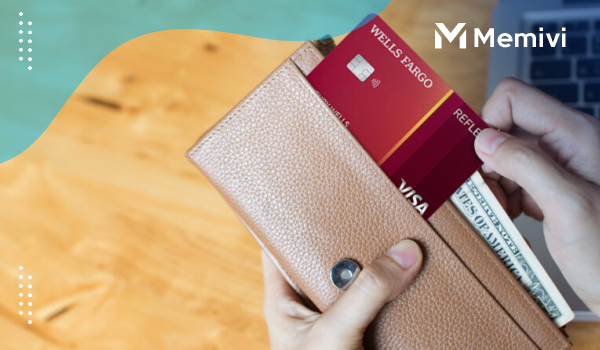
When you’re dealing with high-interest credit card debt or planning a major purchase, having a long runway to pay it off interest-free can make a big difference.
That’s exactly what the Wells Fargo Reflect Visa Credit Card offers—an extended 0% intro APR window and a range of underrated perks that make this card more than just a debt tool. It’s a smart financial buffer for uncertain times and strategic spending.
How to Use the Reflect Card Effectively
Getting approved is just the beginning. To maximize the benefits of this card, here’s what you should do right from the start:
1. Transfer Balances Early: If you’re consolidating credit card debt, initiate your balance transfers within the first 120 days of account opening to take advantage of the 0% intro APR. Transfers made after that window may not qualify for promotional rates, and a fee applies to each.
2. Time Your Large Purchases: With up to 21 months of no interest, this card is ideal for financing significant one-time expenses—think dental work, appliances, travel, or even tuition. Use the intro period to pay down the balance gradually.
3. Avoid New Debt During the Promo Period: Because the 0% APR applies to purchases and qualifying transfers, use this time to eliminate debt, not build more. Stay disciplined and stick to a repayment plan.
4. Set Payment Reminders or AutoPay: Missing a payment could reduce your intro period. Use Wells Fargo’s digital tools to automate payments and protect your promotional terms.
5. Track with Credit Close-Up: Use the card’s free credit monitoring to stay informed about your credit profile while you pay down balances—knowledge that could help you qualify for better rates later.
Frequently Asked Questions (FAQ)
1. How long does the 0% intro APR actually last?
The initial offer includes up to 21 months of 0% APR from account opening. The exact period depends on your payment behavior—late payments may reduce it.
2. Is there a balance transfer fee?
Yes. It’s 3% of the amount transferred if done within the first 120 days, and 5% thereafter. However, the savings in interest often outweigh the fee.
3. Can I still earn rewards with this card?
No, the Reflect Card is focused entirely on low-interest financing. It does not offer points or cash back.
4. Does the intro APR apply to cash advances?
No. Cash advances accrue interest immediately at a higher APR and are not included in the intro rate offer.
5. What’s the best way to pay off a transferred balance?
Divide the total transferred by the number of intro months remaining and pay at least that amount monthly to eliminate the debt before the intro APR ends.
6. Is the cell phone protection automatic?
Yes, but you must use your Reflect Card to pay your monthly cell phone bill to activate coverage. A $25 deductible applies per claim.
7. Can I apply with fair credit?
This card typically requires good to excellent credit. Applicants with a FICO score above 670 are more likely to be approved.
8. Can this card help build my credit?
Yes—especially if used responsibly. Low utilization and on-time payments contribute to positive credit history.
9. Can I transfer balances from another Wells Fargo account?
No. Balance transfers from Wells Fargo credit accounts are not eligible.
10. What happens if I make a late payment during the intro period?
You may lose the promotional rate. To avoid this, always pay on time—even if it’s just the minimum.
Tips & Hacks to Maximize the Reflect Card
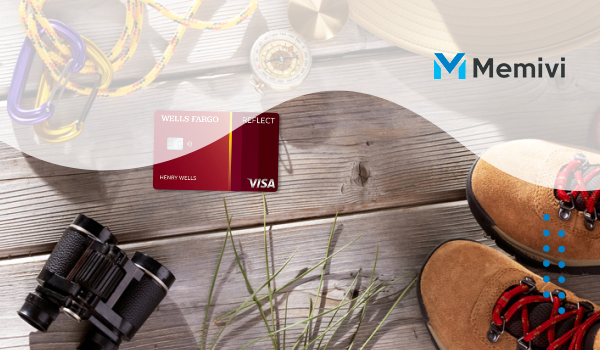
Even a non-rewards card like Reflect offers strategic advantages if used wisely. Here are some insider tactics:
- Stack with a Rewards Card: Use Reflect for large purchases or transferred debt, and use a separate card for everyday spending and rewards.
- Optimize for Emergency Planning: Consider keeping this card available for emergencies due to its extended no-interest window and protection perks.
- Use for High-Cost Services: If you’re considering dental, cosmetic, or vet care that offers interest-free financing, compare their terms with Reflect—you might get better flexibility here.
- Avoid Carrying Balances Post-Promo: Once the intro period ends, any unpaid balance is subject to a relatively high variable APR. Plan to pay it off fully before that date.
- Leverage for Financial Coaching: Use the card’s credit monitoring tools and interest-free period to improve your debt-to-income ratio and prep for a mortgage or personal loan.
Alternatives and Complementary Cards
If Reflect isn’t quite the perfect fit—or you’re looking to pair it with another card—consider the following:
- Citi Diamond Preferred – Offers 0% intro APR on balance transfers for 21 months (longest in the market), also with no annual fee.
- Chase Slate Edge – Offers 0% intro APR on purchases and transfers, and provides automatic credit limit reviews for eligible users.
- Wells Fargo Active Cash – Great for earning unlimited 2% cash back on all purchases. Pair it with Reflect to handle rewards while Reflect handles debt.
Each of these cards adds value in a different way—whether it’s through longer-term balance transfer savings, rewards, or account growth.
How to Get the Most Long-Term Value
Although the Reflect Card is best known for its intro APR, there are long-term benefits as well:
- Maintain as a “safety net” card: Keep it open even after you’ve paid off your balance to improve credit age and utilization.
- Monitor your credit profile: Use Credit Close-Up monthly to review shifts in your FICO score and get tailored insights.
- Use My Wells Fargo Deals: While this card doesn’t earn traditional rewards, it still gives access to limited-time merchant discounts and cash-back opportunities.
Conclusion & Strategic Recommendation
The Wells Fargo Reflect Visa Credit Card is one of the most effective tools on the market for anyone looking to tackle debt or fund large purchases with minimal financial pressure. With one of the longest 0% APR periods available—up to 21 months—it gives users the runway they need to regain control or plan major expenses without interest.
Although it doesn’t offer rewards, its strength lies in smart debt management and added features like phone protection and credit tracking. Paired with a strong rewards card, Reflect can serve as the foundation of a broader financial strategy.
Recommendation: Use the Reflect Card as your low-interest workhorse. Combine it with a cash-back or points-earning card to cover daily expenses—and use Reflect for large purchases or balance transfers you plan to repay over time.


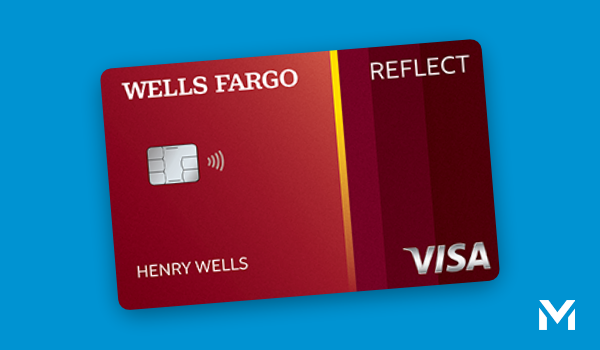
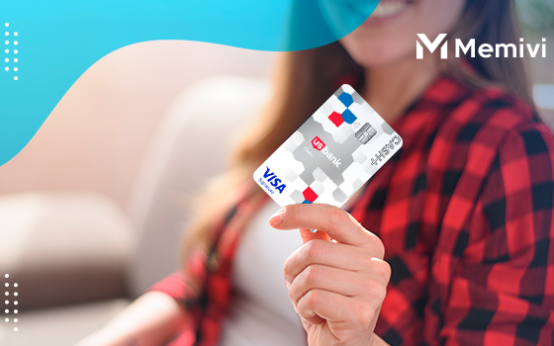 U.S. Bank Cash+ Visa Signature Card Review <p class='sec-title' style='line-height: normal; font-weight: normal;font-size: 16px !important; text-align: left;margin-top: 8px;margin-bottom: 0px !important;'> The U.S. Bank Cash+ Visa Signature Card is packed with features designed to provide exceptional, personalized value and a user-friendly experience. </p>
U.S. Bank Cash+ Visa Signature Card Review <p class='sec-title' style='line-height: normal; font-weight: normal;font-size: 16px !important; text-align: left;margin-top: 8px;margin-bottom: 0px !important;'> The U.S. Bank Cash+ Visa Signature Card is packed with features designed to provide exceptional, personalized value and a user-friendly experience. </p> 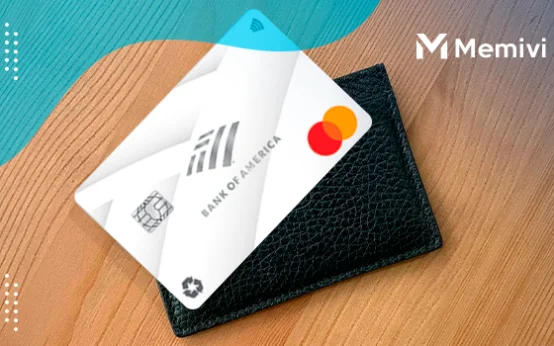 BankAmericard Credit Card Review <p class='sec-title' style='line-height: normal; font-weight: normal;font-size: 16px !important; text-align: left;margin-top: 8px;margin-bottom: 0px !important;'> This card is all about giving you the breathing room you need to make real progress on your financial goals. </p>
BankAmericard Credit Card Review <p class='sec-title' style='line-height: normal; font-weight: normal;font-size: 16px !important; text-align: left;margin-top: 8px;margin-bottom: 0px !important;'> This card is all about giving you the breathing room you need to make real progress on your financial goals. </p> 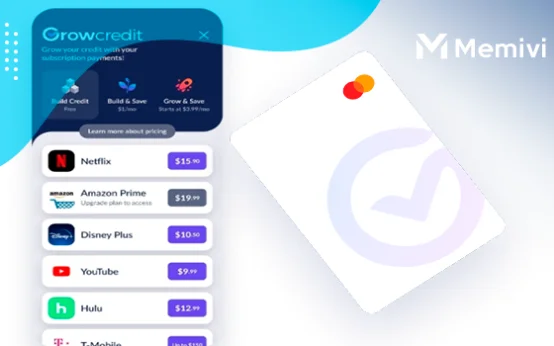 Grow Credit Mastercard Review <p class='sec-title' style='line-height: normal; font-weight: normal;font-size: 16px !important; text-align: left;margin-top: 8px;margin-bottom: 0px !important;'> Grow Credit offers a straightforward and accessible path to building a positive credit history, one monthly subscription at a time. </p>
Grow Credit Mastercard Review <p class='sec-title' style='line-height: normal; font-weight: normal;font-size: 16px !important; text-align: left;margin-top: 8px;margin-bottom: 0px !important;'> Grow Credit offers a straightforward and accessible path to building a positive credit history, one monthly subscription at a time. </p>